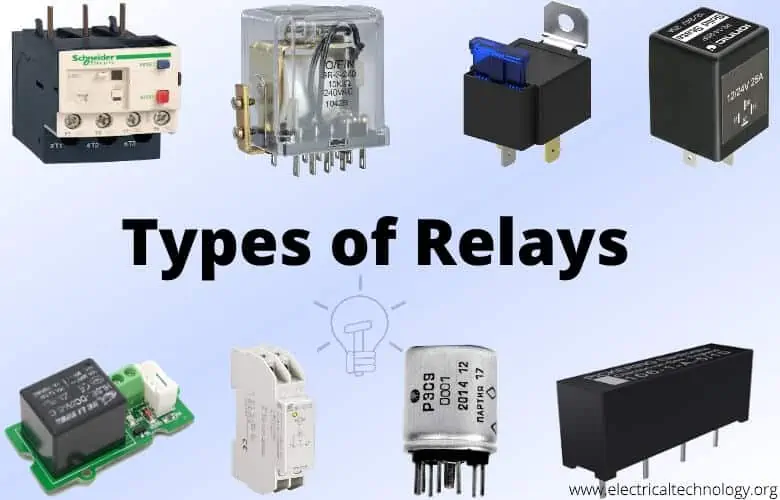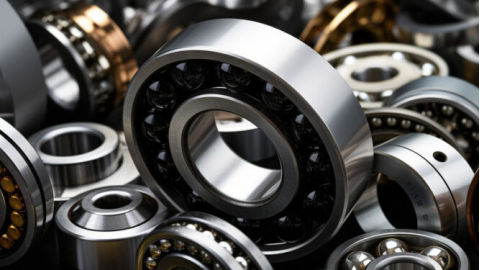Top 10 Switches and Relays Manufacturers

Introduction to Switches and Relays
Switches and relays are fundamental components in modern electrical systems. A switch is a device that manually or automatically interrupts the flow of current in a circuit. A relay is an electrically operated switch that uses an electromagnet to open or close a circuit. These components provide control, automation, and safety. They enable remote operation and protect equipment from damage. The global market trends show a clear move towards smart, IoT-compatible devices. The industry also places a high priority on reliability and energy efficiency.
Types of Switches and Relays
Different types of switches serve various purposes. Toggle, pushbutton, rotary, and rocker switches are common in user interfaces. Limit switches and proximity switches are essential for industrial automation. Relays also come in many forms. Electromagnetic relays use a coil and contacts. Solid-state relays (SSRs) have no moving parts for longer life. Thermal relays protect motors from overloads. Time delay relays control sequence timing. Selection depends on voltage, current, environment, and required certifications.
Analysis of Leading Manufacturers
Several companies lead the global market for switches and relays. Omron is a top manufacturer known for compact and highly reliable components, especially in automation. Siemens offers a very wide product range for industrial control and power systems. ABB has strong capabilities in high-voltage applications and smart grid solutions. Schneider Electric focuses on energy management and sustainability. Eaton provides products for circuit protection and power control. Rockwell Automation plays a key role in integrated industrial systems. Alps Alpine supplies precision components for consumer and automotive electronics.
Innovation and Technology Trends
The industry is constantly evolving with new technologies. A major trend is the integration of IoT features into smart relays. This allows for remote monitoring and control. Manufacturers use more durable materials, like high-grade thermoplastics and ceramics. This improves product life and performance. Designs are becoming more modular and compact to fit in tight spaces. There is also a push for eco-friendly materials that meet RoHS and REACH standards. Safety features are improving with fail-safe mechanisms and better insulation. Custom solutions are also growing to meet specific customer needs.
Application Industries
Switches and relays are critical in many industries. In the automotive sector, they manage EV batteries, infotainment systems, and ADAS. For industrial automation, they are inside PLCs, motor starters, and robots. You find them in consumer electronics like home appliances and computers. They are vital in telecom infrastructure and renewable energy systems like solar inverters. The medical device, railway, and aerospace industries demand components with high reliability and ruggedness.
Selection Guide
Choosing the right component requires careful thought. First, consider electrical needs: voltage rating (AC/DC), current capacity, and switching load. Then, look at mechanical factors: actuator type, size, and IP rating for environmental protection. The operating environment matters: temperature range, shock, vibration, and exposure to chemicals. Check the lifecycle ratings for mechanical and electrical durability. Always look for necessary certifications like UL, CE, or VDE. The type of load (resistive, inductive, capacitive) is also crucial. Finally, evaluate the supplier for good support, delivery time, and custom options.




